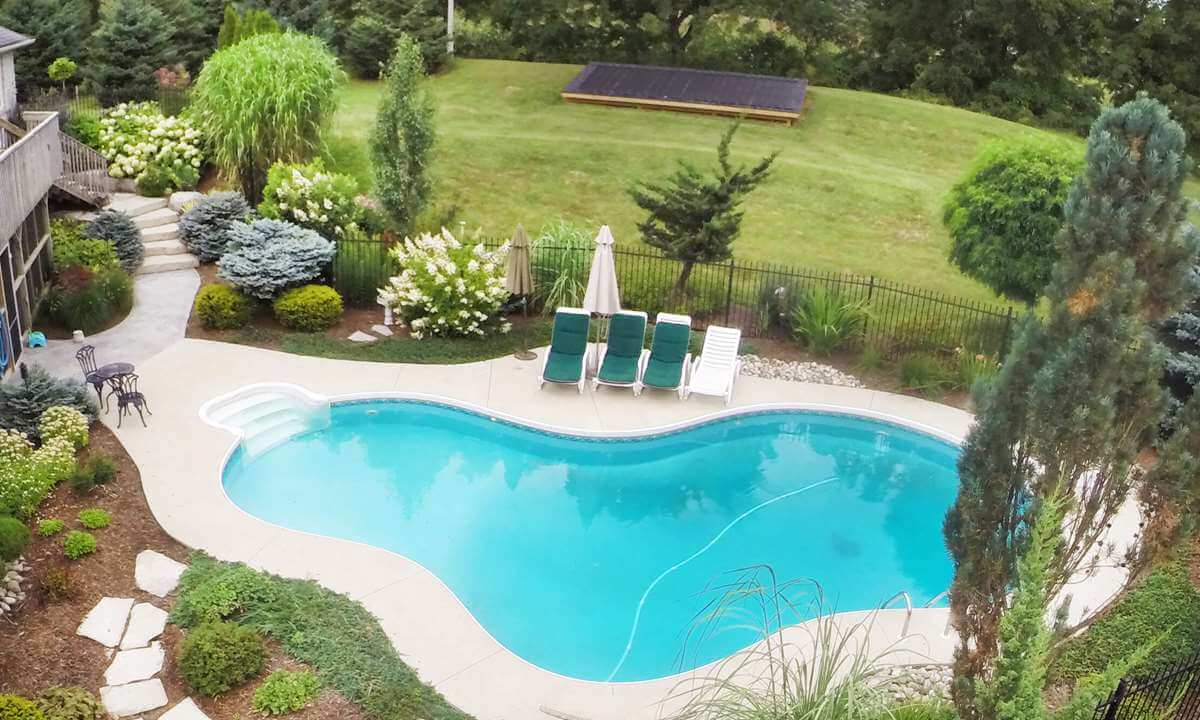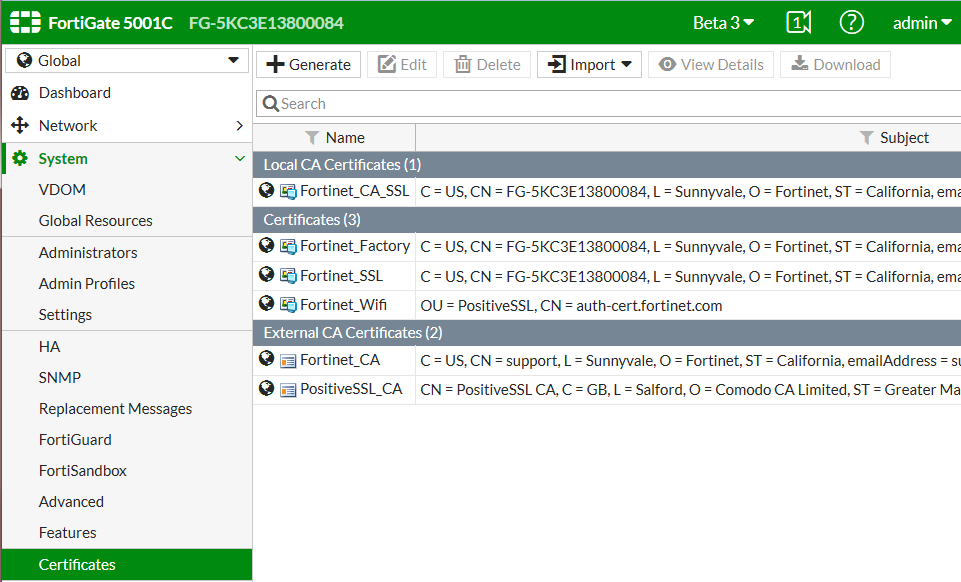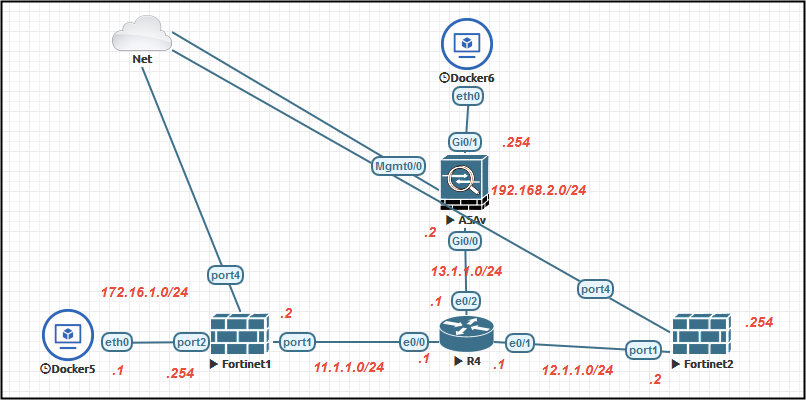Table of Content
Coal is caustic and you have to use stainless steel pipe or blocks to vent the coal stove. Anyhow retiring and want to do more with my time than lift wood etc. but like I said if it’s cut and stacked I just may put up with the mess. I always likes the smell of the wood burning kinda gave that camping effect. Whatever you use just make sure it’s a good product and do the research before you buy. If you can’t service it yourself or can’t get parts, you’re going to be pissed and cold. When it comes to heating systems, there are three main types that you can opt to purchase.
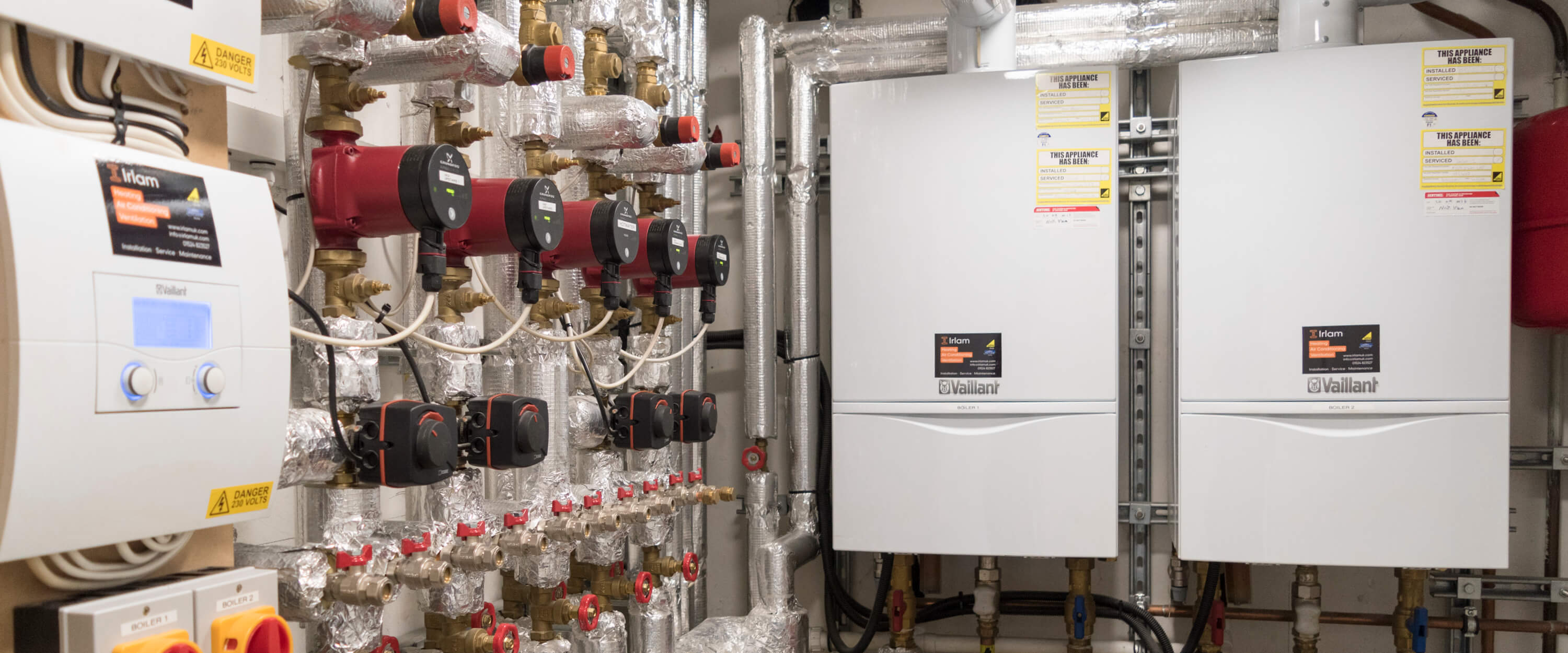
Although still fairly common, propane has been losing popularity in recent years as a heating fuel. Current average household propane costs for the country are right around $2 per gallon, but that price varies significantly region to region. Propane stove efficiency is not the highest, averaging 75 to 85 percent, but propane is a readily available source of heat in most areas. For low-cost, efficient heating, an Energy Star gas furnace is the best choice. And if you already have a boiler or are building a small addition and like the idea of in-floor heating, a boiler makes the space very cozy. Boiler systems are also recommended for those with allergies or asthma bothered by forced air systems.
Propane and Natural Gas
Finally, establish what your priorities are regarding initial cost compared to running cost, and eco rating. This should leave you with a pretty clear option that is most available to you and should serve you going into the cold season. Systems are comprised of an outdoor unit that serves up to 8 indoor units. When heating, refrigerant in the outdoor unit collects heat from outside air. Hot refrigerant then is circulated to the indoor unit where it enters a coil where the heat is released. While some heating methods are not nearly as efficient as others, they certainly don’t cost as much.
HEATS UP THE BATHROOM FAST – Say goodbye to stepping out of the shower during the cold winter mornings and feeling chilly as you dry off. By the time you get out of shower, the entire bathroom is warm and steamy so you can towel off in spa-like comfort. The AOBMAXET Oil Filled Radiator Heater Electric is Portable Space Heater 700W with an Adjustable Thermostat. This energy-efficient heater can help you save on your heating bills, while also providing you with heat that’s evenly distributed throughout the room. When the cold weather creeps in and the temperatures start to drop, it's time to think about how you're going to stay warm.
How Can I Save Money and Reduce My Energy Bills?
A heat pump is an air conditioning and heating unit all in one . When it is hot outside, the unit grabs air from inside your home, removes the heat from it with a refrigerant and pumps it back into the home as cool air. During winter, it takes air from inside and adds heat to it before sending it back indoors to warm up your space. While there are many ways to cut these costs , one very practical step you can take is to outfit your home with an efficient heating system. Besides a gas-burning furnace, you could purchase an electric furnace. As such, their yearly energy costs are significantly more than gas furnaces.

But contrasting to its mighty performance, the device itself runs quietly to not disturb you or other family members. If you are looking for an efficient electric heater with fast-heating capability and many practical add-ons, the Homeleader 1500W Oil Heater is worth a try. Removal and disposal costs were also considered; if you are considering a new heating system, chances are you have to first remove your existing one. These costs are not extravagant, with all options coming in below $1,000, however, they should be considered as you can’t expect your garbage men to pick up your old system on their next round.
What is the most cost-effective way to heat your home?
These are necessary for boilers, and their cost will highly vary depending on whether you’re having a new home built or you already have existing drywall and flooring installed in your home. As mentioned, the running costs of heating systems can be significant so apart from purchase costs it can be helpful to assess the various options in that regard. Another factor to consider is the cost of the fuel itself, which varies according to location. Mini splits offer impressive efficiency at much lower costs than geothermal heat. Cons include the higher cost of installation for multi-zone systems. That makes total costs higher than for ducted split systems with a single indoor unit that moves air to all rooms.
If you have a gas, oil or liquefied petroleum gas system, we recommend using a timer, so that it’s on when you need it. If you’re able to, there are lots of parts of your home that can be insulated. You can insulate your home’s walls, roof, windows, and doors. There are smaller changes and bigger changes that can be made, and any insulation will help your home use less energy for heating. On the cons side, these systems are costly, slow to heat up and adjust to temperature fluctuation, also hard to fix if there is a leak.
In North America, firewood can be easily delivered and is relatively inexpensive. Due to its availability, it allows you to take control of your heating bill and keep you warm even during a power outage. On the other side, wood-burning systems are often inefficient as most of their heat escapes through the chimney. Also, when heating your home with wood, you will get more air pollution than other types and see less comfort. Space heaters are ideal for heating only one room or to support an existing HVAC system.
Therefore, you will have to buy an air conditioner to pair with a gas furnace if you want both heating and cooling in your home. It is worth doing a bit of research into the other ways you can heat your house. One of the more unorthodox – but slowly growing in popularity – methods, is to consider installing ground source heat pumps. Cited as the most cost-effective option overall, heat pumps provide maximum power output and use less electricity than other options. Heat pumps tend to have the highest energy efficiency of all home heating systems.
Wood and wood pellet burners incur the highest upfront cost and require floor space. Wood pellet burners start from around $5,000 for the unit and pellet bags cost around $10 (average house-hold use is around three bags per week during winter). New regulations require them to be clean air emissions burners. Electric heaters use electricity to run and include portable and fixed options.
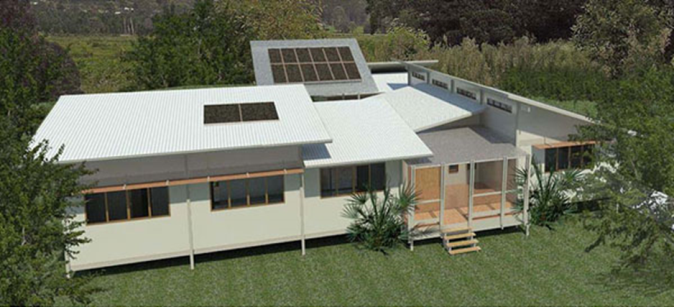
Wood smoke is actually considered to be quite a dangerous source of air pollution. Whereas propane has to be compressed and then is delivered via trucks, so is a better option for people staying in the country. When it comes to choosing gas though, it is more about availability than the cost really. As gas is delivered through the piping, it is more commonly found and used in the city and towns, because there is enough of a demand for it.
They usually heat through convection using less energy than the central heating system. Such heaters can help you save money as they generate heat only when in use and as they are meant for one room mostly. You simply turn down your main central thermostat and keep the space heater running. If there is no more need to heat that particular room, you just have to unplug it. Such heaters are very affordable and do not require professional installation. Choosing the most cost-effective heating system for your home can be a challenge.
Along with the fact that they have high-efficiency ratings, one of the biggest advantages of furnaces is the relative affordability. Most homeowners use a central heating system to keep their homes warm during the winter. However, if you have a drafty room or an area that is always too cold, you might resort to using space heaters. Gas boilers have higher upfront costs than most heating systems but have low energy costs and excellent heat distribution. Use the below table as a reference for the main pros and cons of gas boilers. Keep in mind; gas furnaces have no way to cool your home in the summer as heat pumps do.
Best For Large Rooms: LIFE SMART 6 Element Infrared Heater
This is why it is so important to understand which heating system is most cost-effective for your home during the colder months. Not that we need to remind you, but heating a home is expensive. Department of Energy, heating costs are responsible for around 30% of the typical home utility bill—more than any other “system” in the home.

They are called “mini split” because both outdoor and indoor units are smaller. However, the energy content of both is significantly lower than oil. And while propane has not been as cost-effective as it used to be for many years, and possibly better than natural gas, that is still not the rip-roaring bargain it was at one time.


